China's Free Trade Zone (FTZ) development over the past 10 years has steadily evolved into a "V-formation" featuring 22 FTZs, which has paved the way for integrated reform and opening-up strategy spanning coastal, inland, and border regions, serving as a conspicuous symbol of China's high-level opening-up, the Foreign Ministry said on Tuesday.
The expanding number of FTZs in China reflects the continuous enhancement of the country’s profound and all-round opening up to global markets, ministry spokesperson Wang Wenbin said at a regular press conference, responding to the recent released report by the United Nations Conference on Trade and Development (UNCTAD) which recognized the achievements of China’s FTZs over the past decade.
Experimentalism and pragmatism -- two basic features of China’s economic policy formulation, have been fully integrated in the country’s Pilot FTZs strategy, which started from Shanghai in 2013, against the background of the 2008 Global Financial Crisis, the UNCTAD said.
Despite their title, the scope of China’s FTZs goes far beyond trade (and investment) promotion to include a variety of policy dimensions; government functions and services, manufacturing sector upgrading, services sector opening, deepening financial reform, skills development and green city development, it said.
This marks the first time that an international organization has issued a dedicated research report on China's FTZs, signifying the increasing international attention on China’s FTZs, Wang said.
This year marks the 10th anniversary of the construction of China's FTZs. Openness is a crucial driving force for human civilization advancement, the path to global prosperity, and a distinctive hallmark of contemporary China, Wang said.
From implementing reforms and opening-up 45 years ago to joining the World Trade Organization 22 years ago, from constructing FTZs 10 years ago to hosting the China International Import Expo five years ago, China’s steps toward openness has never stopped, Wang said.
China’s determination to share development opportunities with the world remains unwavering, and its confidence in “joining hands” and “tearing down walls” instead of “decoupling” or “setting barriers” has never diminished, he noted.
China will continue to be a significant opportunity for global development and remain steadfast in promoting high-level opening up. And China is willing to work together with other countries to expand the global market, strengthen the mechanisms of global sharing, and revitalize global cooperation, Wang said.
In 2022, despite covering less than 0.4 percent of the national land area, the country's 21 PFTZs contributed to approximately 18 percent of the total foreign direct investment and import-export volume in China, data from the Ministry of Commerce (MOFCOM) showed.
From January to August 2023, the zones have continued to show steady growth in the scale of foreign investment and trade, with an increasing focus on quality. Their growth rates of foreign investment outpaced the national average by 5.7 percentage points, while that of foreign trade outpaced the national average by 4.8 percentage points, MOFCOM data showed.
China will ramp up efforts to promote the rational reduction of its foreign investment "negative list" in its Pilot FTZs and to establish a negative list for cross-border service trade, Commerce Minister Wang Wentao said in an article published in the People's Daily on Monday.








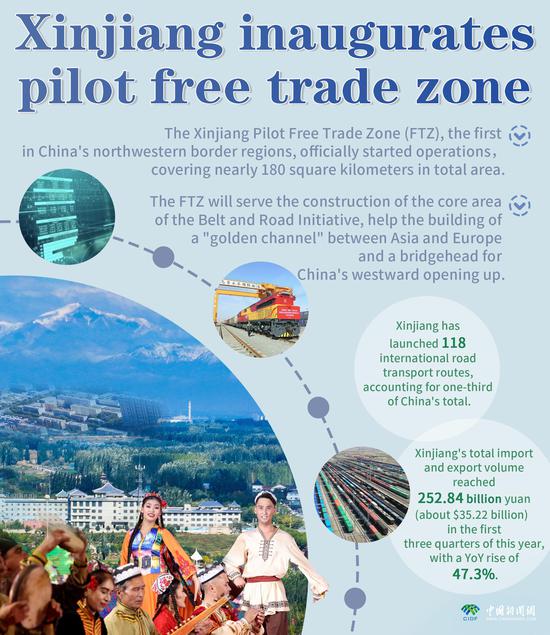
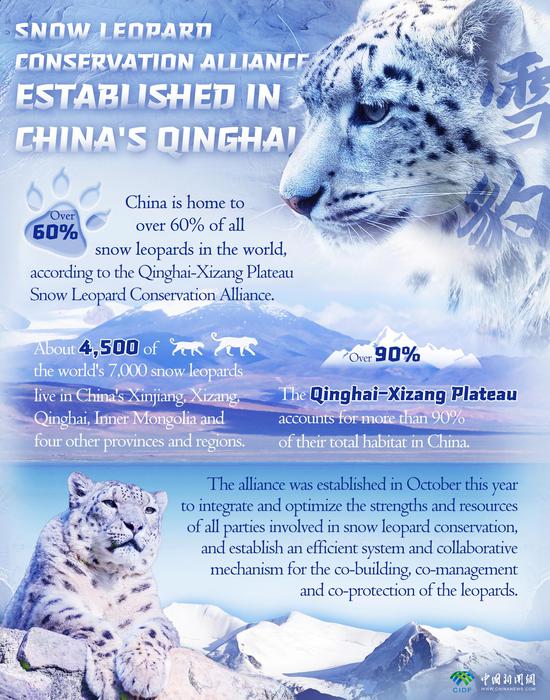

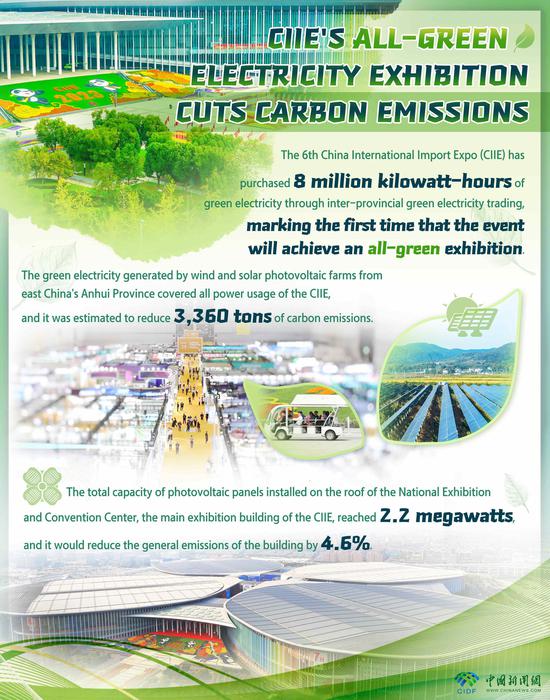
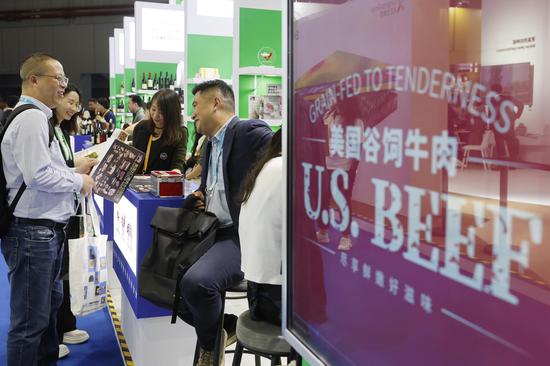




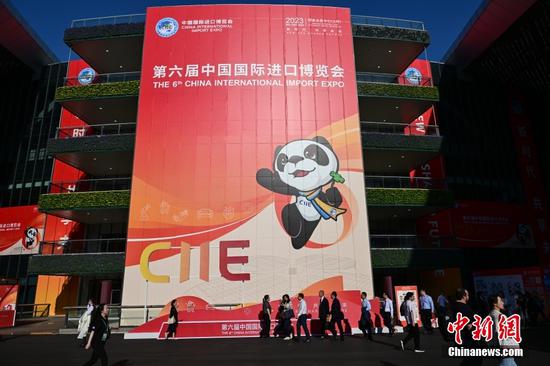










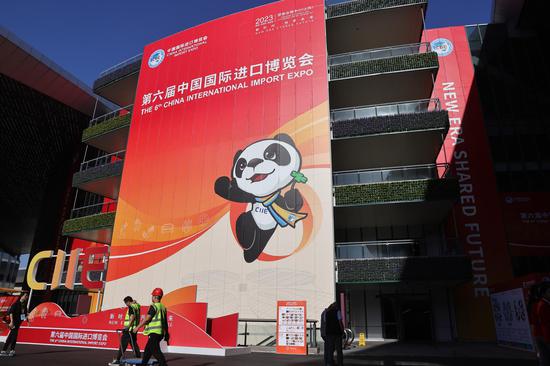
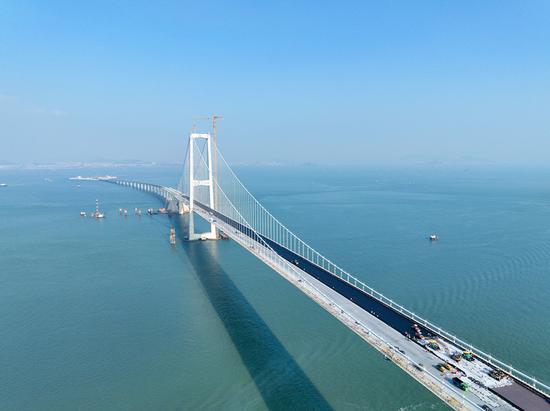


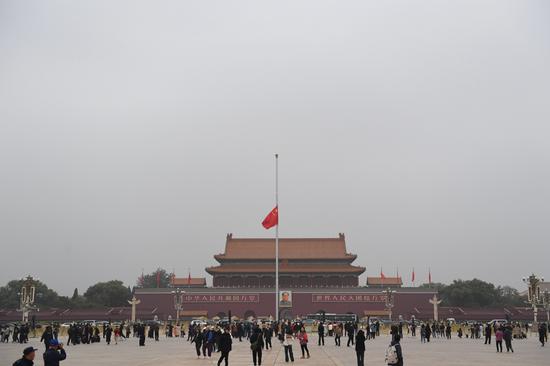


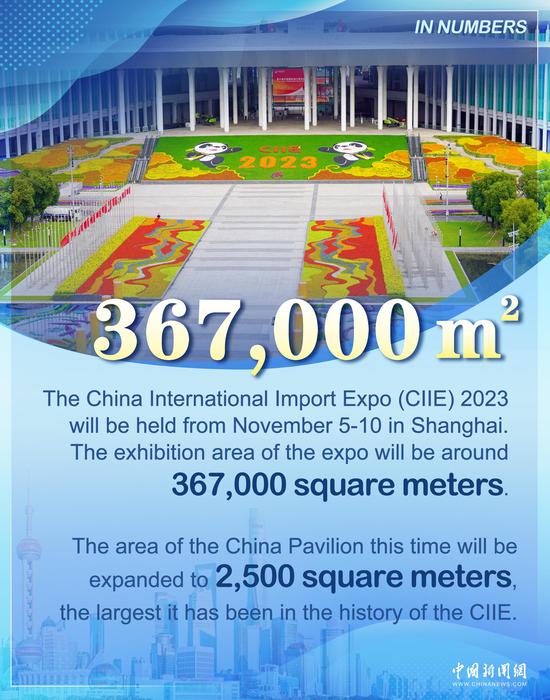





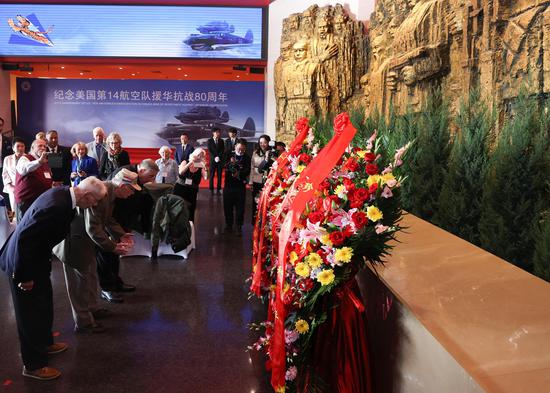


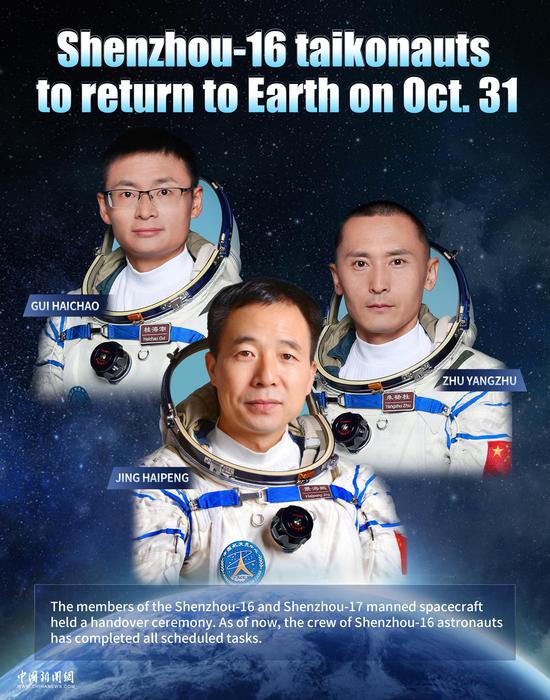





 京公网安备 11010202009201号
京公网安备 11010202009201号